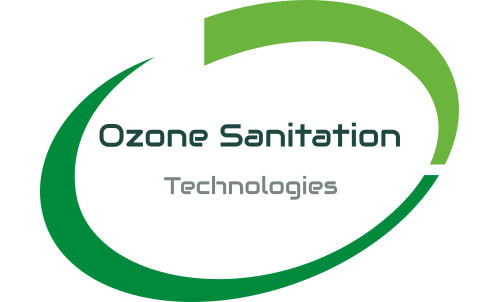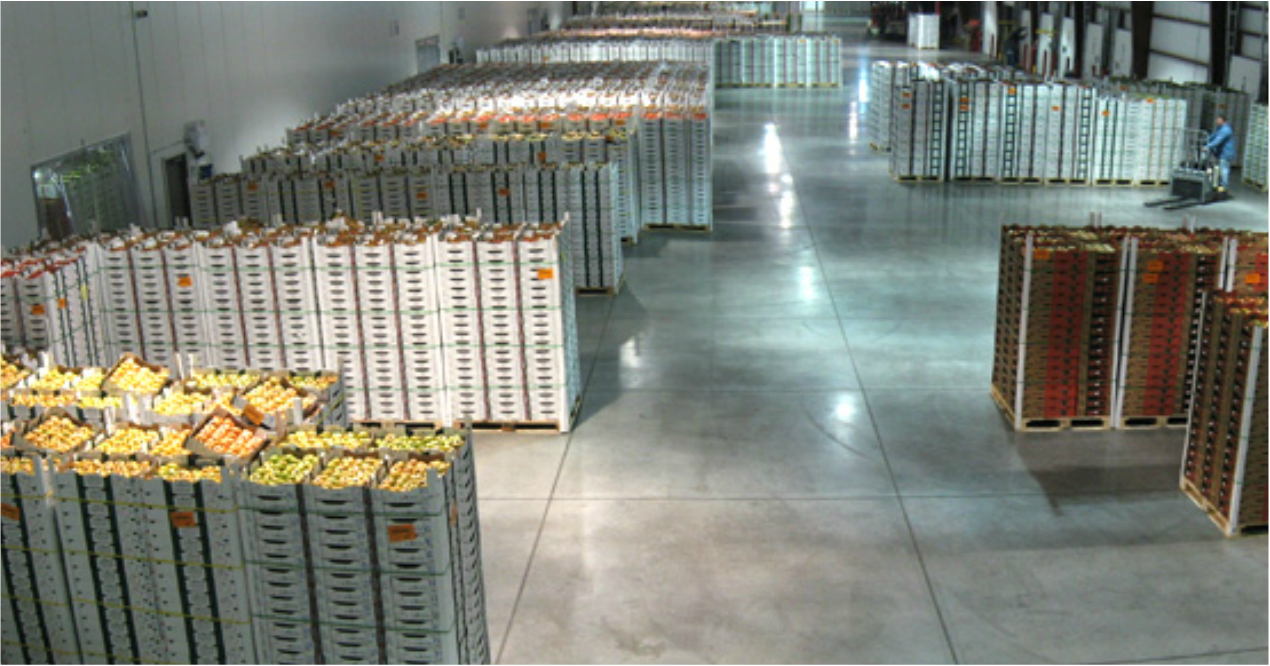ozone AIR PURIFICATION
Disinfection & Odor control for all environments
Ozone effectively kills all known food and human pathogens, including E. coli, Listeria, Salmonella, Staphylococcus, Campylobacter, Pseudomonas, Aspergillus, Brettanomyces, Trichophyton, Bacillus, Adenovirus, and Norovirus. It also kills all types of mold including blue and green mold and all spore formers. Microorganisms cannot build a tolerance to ozone.
The use of ozone as an antimicrobial fumigant in cold storage and Controlled Atmosphere (C.A.) facilities has many advantages. It effectively kills all pathogens (including molds and fungus that may rapidly destroy food products in cold storage) yet leaves no harmful residual on food products.
Ozone is an approved antimicrobial food additive (including organic), so it can be simultaneously applied at any time during processing on the product and equipment.
All stored food commodities can benefit from the use of gaseous ozone including:
All stored food commodities can benefit from the use of gaseous ozone including:
- Fruits (including citrus and stone fruit)
- Vegetables (including potatoes and onions)
- Berries (including grapes and blueberries)
- Nuts (including pistachios and almonds)
- Grains (including wheat, rice and corn)
Ozone Gas Used in Cold Storage Extends
the Shelf Life of Fresh Produce
In all cold storage applications, the use of ozone can enhance, reduce or substitute traditional antimicrobial practices such as chemical sanitation and fumigants. Its use can improve food safety, reduce spoilage, and reduce waste. All while improving food quality and ensuring compliance.
Ozone will significantly decrease ripening by controlling ethylene levels. Gaseous ozone is easily added to the air circulation system in any size facility and is efficiently monitored and dose-controlled in any room, whether inhabited or not.
Gaseous ozone benefits include:
Reduced food spoilage microorganisms (including mold spores)
Reduced cross-contamination from close proximity
Gaseous ozone benefits include:
Reduced food spoilage microorganisms (including mold spores)
Reduced cross-contamination from close proximity
- Controlled ethylene levels Decreased spoilage
- Increased shelf-life
- Reduced odors
- Controlled bio film
- Reduced/eliminated use of fumigants
Ozone Gas Used in Schools and Hospitals Provides Complete Air Disinfection







